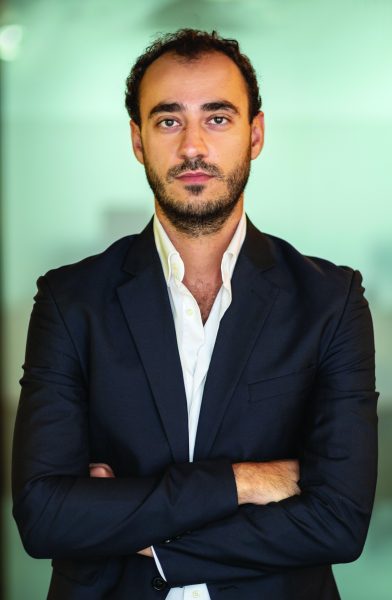By Natale Panella, head of digital, Fusion 5

We keep hearing about digital acceleration, automation, technical improvements and enhanced technology stacks; however, little importance has been given to the most critical component of marketing success: the human aspect.
So how are we making sure that teams are ready for the digital transformation and are consequently adapting to the new industry requirements?
We have got the right technology, beautifully integrated solutions to fit all client needs, that can easily be implemented. We also have access to the platforms facilitating the creation, implementation and optimisation of the campaigns that are on offer.
Marketers no longer have to worry about the grimmer days when campaign creation and optimisation used to require substantial manual work, with many hours invested in troubleshooting, attribution issues, inventory exclusions and other challenges. Things have fortunately changed. Today, marketers are allowed easily to integrate artificial intelligence (AI) solutions that provide automated optimisation towards the campaign’s goal, be that conversion, engagement or reach.
Do you want to see the future? Sign up for Campaign’s Marcomms360 Predictions 2021 virtual event on December 14-15. Registration is free.
The creative discipline has also become more straightforward, with creative processes and adaptations pared back in favour of dynamic formats that automatically adapt messages and creatives for the right audience.
Since operations have now become simpler and more accessible, smoother and with less human effort, it is a game of global media players. The democratisation of the media and the unlocking of business opportunities for small and medium-sized business has resulted in the perception that everyone can run ads.
Teams have been formed with resources specialised in a single discipline, be it social media, search, display, affiliation or analytics, and have been communicating and executing under their discipline’s scope. The former is what is commonly known as the T-model or generalising specialism, the brainchild of IDEO chairman Tim Brown.
In essence, the T-model expects a person to become very knowledgeable in one specific field and then to expand her capabilities towards a wider breadth of basic disciplines. T-shaped professionals are experts in one or two disciplines (the vertical bar) and have also mastered other complementary skills (horizontal crossbar) that make it easier for them to adapt in any environment. Complementary skills include the ability to work effortlessly with others, the ability to apply knowledge across disciplines, the ability to see from other perspectives and an understanding of fields outside their area of expertise.
Now let’s apply the model to a marketer professional in search marketing as an example. The marketer acquires in-depth knowledge in a specific area, such as on-page optimisation, keyword research and targeting, personalisation and localisation, with little or no focus on email, display, social media or video marketing. The million-dollar question is, could this person fit in our dynamic and continuously changing digital environment? Could they adapt to a variety of challenges and workload increase towards one of the other disciplines? Not so much.
Since the operational effort required for a campaign has diminished over time, the specialist has been forced to abandon the once-efficient T-model and it is now essential for specialists to become generalists. A broader set of skills focused on different networks and disciplines is now a must in order to be successful.
While some might still argue that an organisation needs the right level of resources in each discipline to ensure a smooth business operation, the unexpected circumstances of today have forced organisations to change. How? By strengthening their processes and teams and gearing towards a more dynamic and flexible approach, where hybridisation becomes the real skill to succeed in our crowded world of digital marketing.
But how are we adapting and forming hybrid marketers? First, by establishing shared knowledge pools of information, where cross-functional topics are available based on verticals, business case, channels and objectives. Second, by setting up and leveraging constant training across functions. People that are responsible for the networks might debrief and re-assess the new tools and methods and debrief other team members on the relevant business case applied to the company. Third, by re-shuffling roles and responsibilities, following a squad scheme that supports the client’s objectives first. So if the client has more focus on social media paid activities, we use specialists from other areas to support the goal.
The winning formula is to evaluate results as a whole and establish a culture where shared tactics and techniques are at the core.
Change is the only constant in our industry. It is necessary to pay close attention to the trajectory of the industry and to stay on the forefront by learning new applicable skills.
We now need to adopt the Z-model, where a specialist can broaden her skills and widen them towards new disciplines by getting into more profound, more insightful and impactful connections in the constantly changing digital world.
Digital marketing teams need to become more like basketball teams, where everyone has a role but with each player having a balanced set of responsibilities in both attack and defence. Scoring isn’t just the privilege of forward players, like in football, but rather an objective for everyone in the team.










